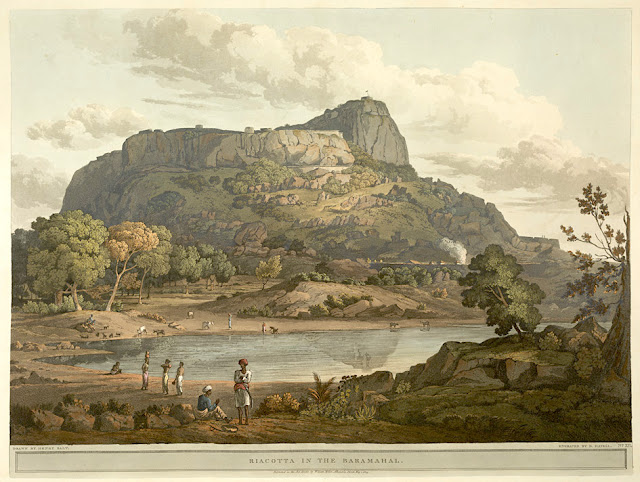EDWARD HILL (1843-1923)
Mount Lafayette (1,600m - 5,249 ft)
United State of America (New Hampshire)
La montagne
Le mont Lafayette est située à l'extrémité nord de la chaîne de Franconie, dans les White Mountains du New Hampshire, aux États-Unis. Il figure sur la liste des cinquante plus beaux sommets de la Nouvelle-Angleterre. Le mont Lafayette est le point culminant de la chaîne de Franconia, une ligne de sommets le long du côté est de Franconia Notch. C'est le sixième plus haut sommet du New Hampshire et le plus haut en dehors de la chaîne présidentielle. C'est le deuxième sommet le plus important de l'État.Le sommet marque la frontière ouest de la zone sauvage de Pemigewasset au sein du WMNF.
Une variété de sentiers mènent à plus de 3 000 pieds verticaux (900 m) jusqu'à son sommet exposé. Une randonnée très populaire consiste à faire une boucle combinant les trois sommets les plus remarquables de la chaîne de Franconie. La boucle commence par le Old Bridle Path jusqu'à l'AMC Greenleaf Hut. De là, on emprunte le Greenleaf Trail jusqu'au sommet du mont. Lafayette. En tournant vers le sud le long du Franconia Ridge Trail, on passe par le mont Lincoln et Little Haystack, puis on descend via le Falling Waters Trail, qui rejoint le début du Old Bridle Path. Cette boucle mesure 14,3 km de long, avec un gain d'altitude cumulé d'environ 3 900 pieds (1 200 m).
La montagne doit son nom au général Gilbert du Motier, marquis de La Fayette, un héros militaire français qui a combattu et aidé de manière significative l'armée continentale pendant la guerre d'indépendance américaine. Aimé et adopté comme assistant par George Washington pendant le conflit, Lafayette fit une tournée triomphale revisitant le New Hampshire et tous les autres États de l'époque en 1824-1825, pour célébrer le 50e anniversaire de la bataille de Bunker Hill.
L'artiste
Edward Hill fut un artiste prolifique ainsi qu'un poète, auteur-compositeur et correspondant d'un journal. Ses peintures comprennent des paysages de White Mountain, des scènes de genre du sud, des natures mortes, des portraits, des protraits d'Indiens d'Amériqueet des paysages de l'Ouest américain.
Hill est né en Angleterre. Sa famille a déménagé aux États-Unis en 1844 et s'est installée à Taunton, Massachusetts. Déménageant fréquemment, la famille s'est finalement installée à Gardner, dans le Massachusetts, en 1860. Edward et son frère, Thomas Hill, ont travaillé pour Heywood Brothers & Company en décorant des meubles. Edward a déménagé à San Francisco en 1862 où il partageait un studio avec Thomas qui s'y était installé l'année précédente. En 1864, Edward retourna à Boston et commença sérieusement à peindre. En 1875, alors qu'il vivait à Lancaster, Hill peignit The Presidential Range depuis Legro's Hill, Lancaster, l'une de ses premières images connues de White Mountain. De 1877 à 1892, Hill fut artiste en résidence à la Profile House de Franconia Notch. Les environs de l'hotel Profile Lake, fournirent des sujets pour ses peintures et devirenent vite populaires. Parmi ceux ci : Echo Lake, Eagle Cliff, The Flume et Mount Lafayette in winter et in summer.
Hill expose régulièrement au Boston Art Club tout au long des années 1880, dont il est membre artiste de 1881 à 1887. À cette époque, le succès financier et l'acceptation artistique de Hill sont solidement établis.
Hill a passé les dernières années de sa vie dans le nord-ouest du Pacifique. À 67 ans, Hill a déménagé à Hood River, dans l'Oregon, et a ouvert un studio. Mais son époque était révolue et il ne parvenait pas à trouver de clients pour ses œuvres. Il mourut le 27 août 1923 à l'hôpital Cottage de Hood River. Il a été enterré par la loge maçonnique de Hood River, qui a reçu les peintures et les effets d'atelier de Hill pour payer ses factures d'hôpital et ses frais d'inhumation.
2024 - Gravir les montagnes en peinture
Un blog de Francis Rousseau

%20-%20The_Davidson_Glacier,%201888%20The%20Gilcrease%20Museum,%20%20Tulsa,,%20Oclahoma%20.jpg)
%20Sunset%20on%20Mount%20Diablo%20(Marin%20Sunset)(1877)%20Oil%20on%20canvas,%20100.7%20cm%20x%20151.5%20cm.%20Cantor%20Arts%20Center,%20Stanford%20University,%20Palo%20Alto%20CA.jpg)
-%20Les%20Eaux%20Bonnes%20dans%20les%20Pyre%CC%81ne%CC%81e%CC%81es%20vers%201840%20Lithographie%CC%81%20par%20J.%20Kernot%20-%20Pic%20du%20midi%20d'OSsau%20.jpg)














